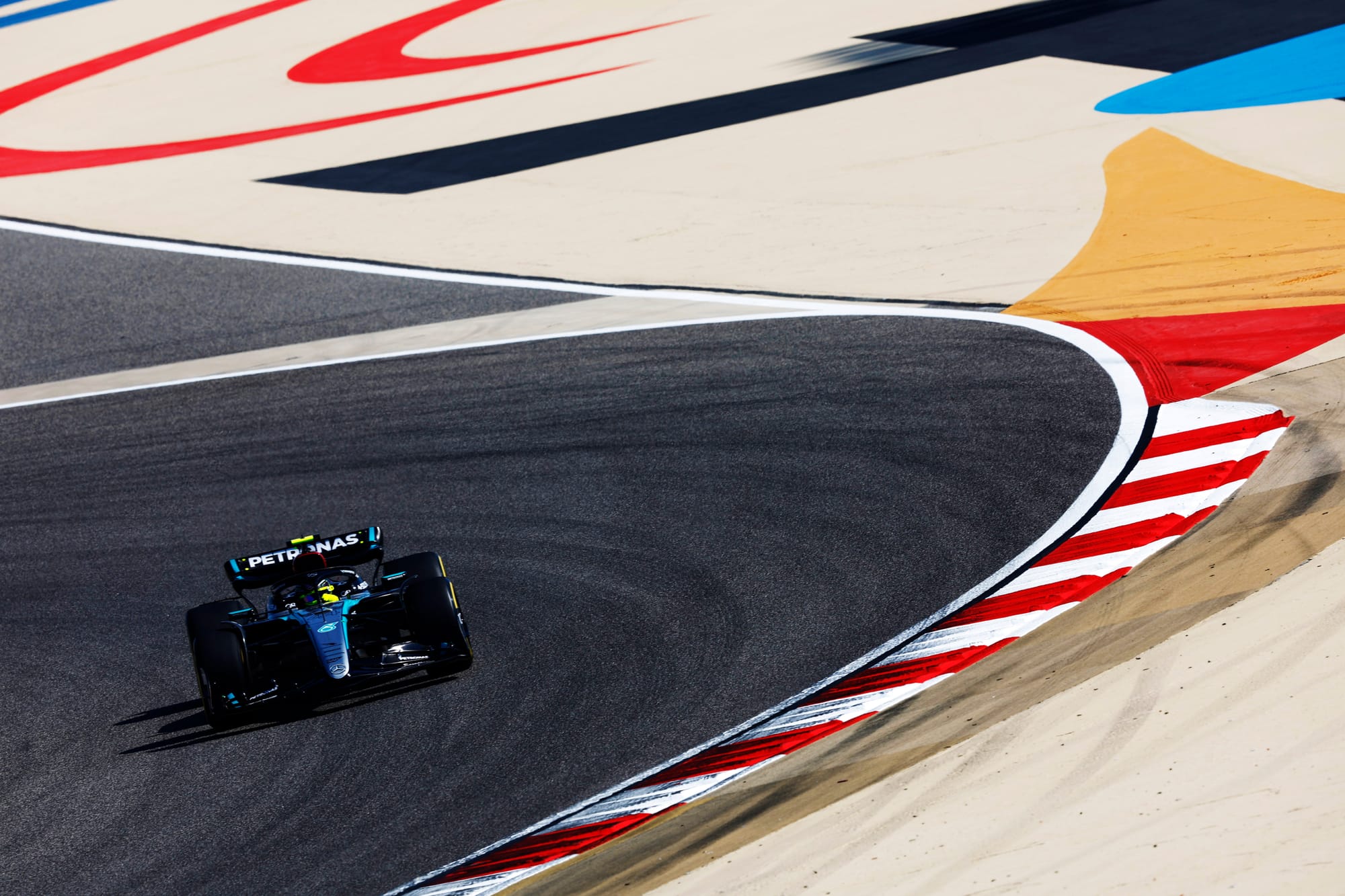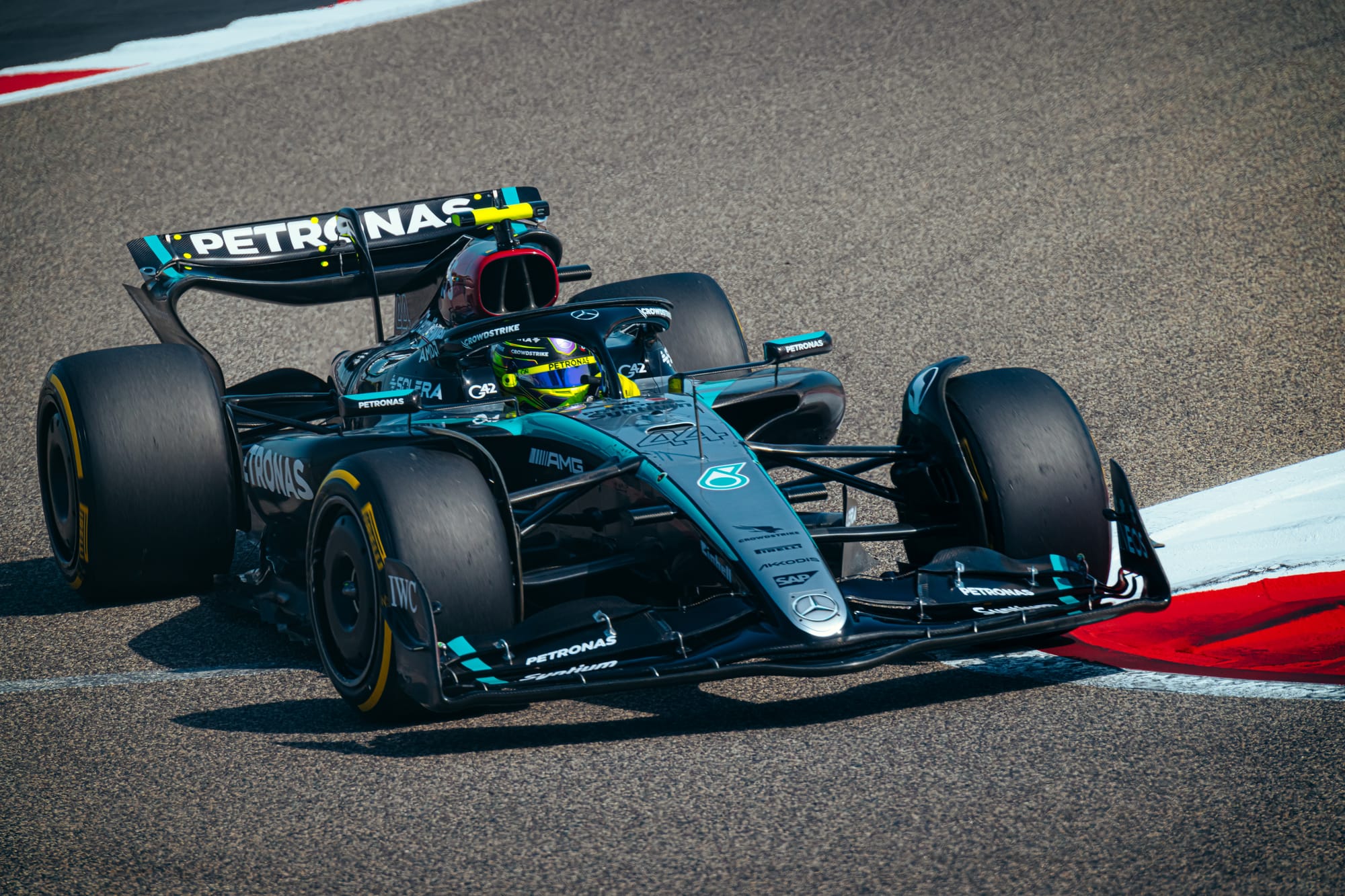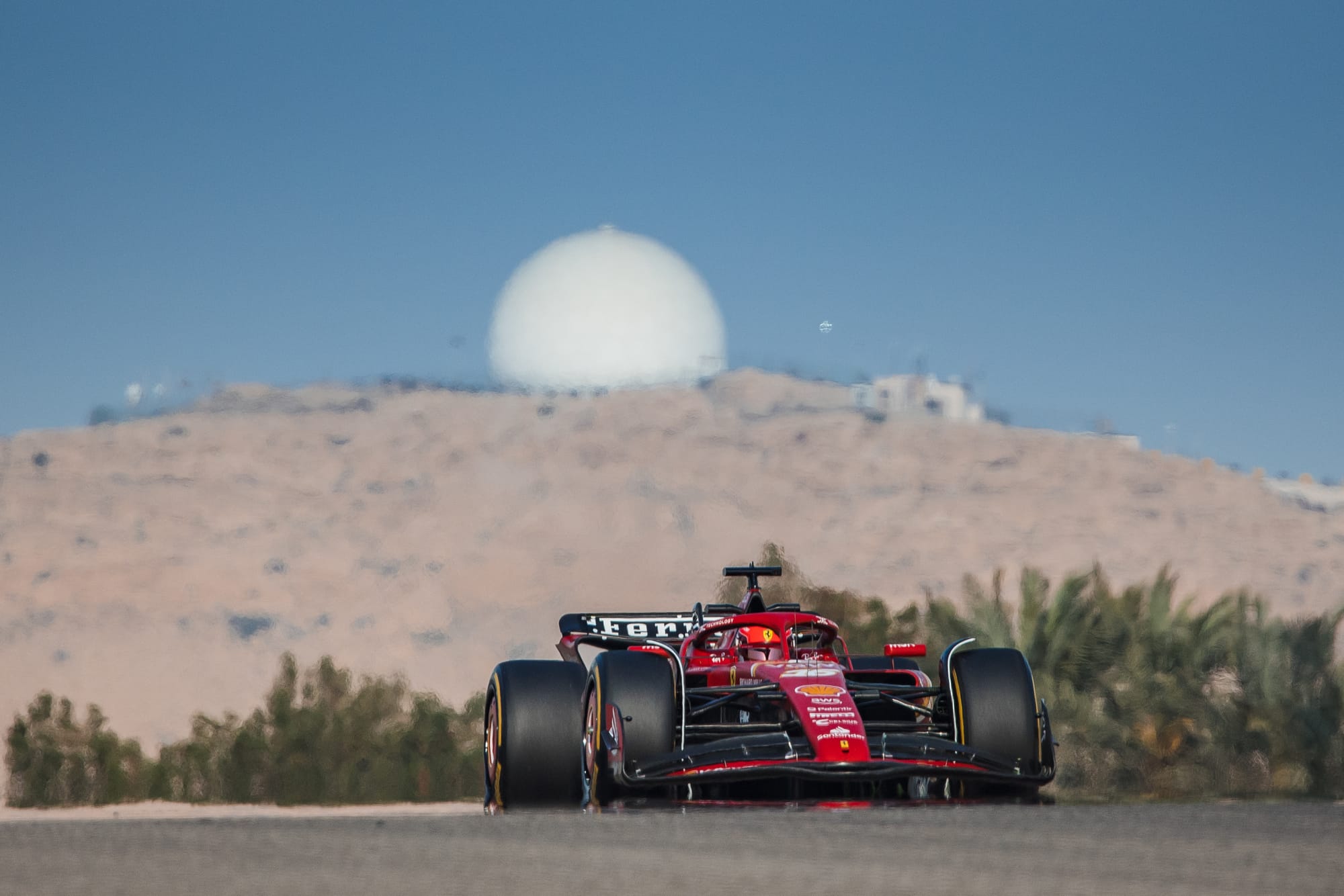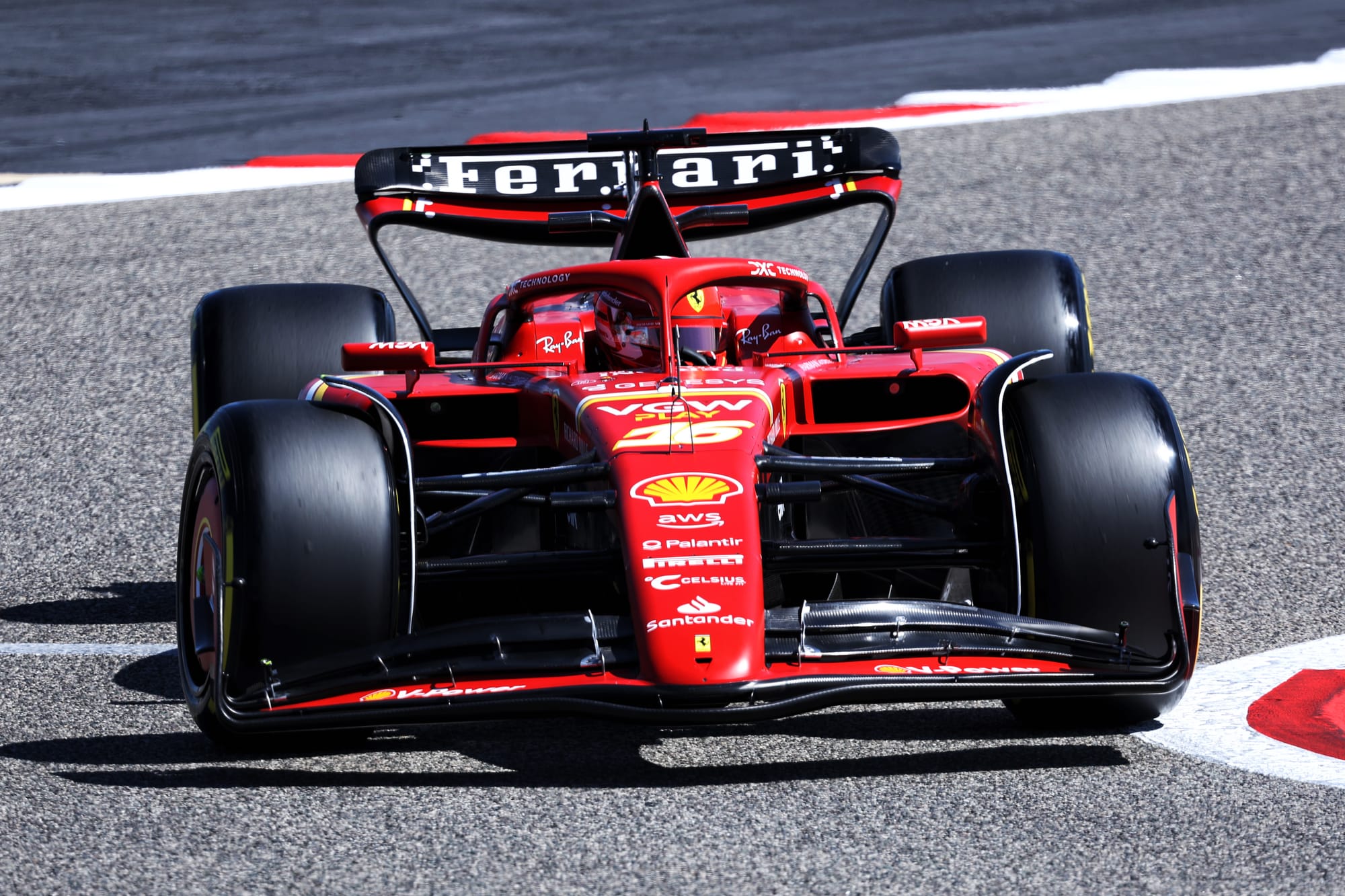Up Next

Mercedes might finally have something it has been desperately chasing since the new ground effect era of Formula 1 began two years ago, on the basis of testing in Bahrain.
The team has been relegated from 2021 title contender to fighting to be the best of a distant chasing pack behind Red Bull for the last two years, earning just one grand prix victory during that time.
This time last year it was just realising it had been wrong to stick with its 2022 concept for 2023 and Mercedes spent the last 12 months reversing into a different concept direction.
The W15 is a product of that new direction and the early reviews have been positive after three days of testing - even if it's unlikely to be a Red Bull-beater yet.
"We’ve managed to make good progress understanding the W15, compared to last year’s car, the feedback from the drivers is very different and more positive, which is encouraging," Mercedes trackside engineering director Andrew Shovlin explained.
"The team has worked hard to iron out the handling flaws that were integral to the W14, and it’s great that we seem to have put a number of those problems behind us.

"Over the course of the test, we’ve made good steps on our understanding of the car. The task of the next few days is to pick through the results and put together the best package to take into the race weekend.
"It’s never easy to make predictions on pace from testing, as all teams are quite effective at hiding their pace when they want to.
It’s clear that we are in a much better position than 12 months ago though."
Scott Mitchell's view from Bahrain

The laptimes are, to a degree, unspectacular for Mercedes - George Russell’s best being half a tenth slower than Charles Leclerc’s day three benchmark, and four tenths behind Carlos Sainz’s outright fastest lap of the test.
The paddock consensus suggests a small step back from last year, too - third-fastest, at best, for now. The on-track behaviour a mixed bag, some runs looking a little more trouble than others.
And yet, at the end of this week, came the team's most emphatic pre-season test appraisal so far in this rules era - a hint, even amid a lot of expectation management, that the team could finally be edging towards the breakthrough it has needed for two years.
There was a caveat, inevitably, stressing that Mercedes knows it has to add more performance. But that was always likely given a major car design overhaul.
It would have been unrealistic to expect Mercedes’ first real car fit for purpose in this era would immediately be on the level of a Red Bull not just evolved from its dominant predecessor but extensively reworked and improved.
Mercedes’ worst traits have previously created a 'spiteful' car but it's encouraging for the team that Shovlin reckons the W15 puts “a number of those problems behind us”.
He and Russell said the team is “in a much better position than 12 months ago” and Hamilton was glowing in his praise, calling it “a really good test” and “massively encouraging”.

That’s despite saying at the same time that “we know we've got work to do and we're not yet where we want to be”.
How can both things be the case? Well, simply because pure performance and an initial place in the pecking order are not all that Mercedes is judging the W15 on yet.
The key for Mercedes was to establish a workable platform that it can then build from properly. The fact it seems to have done that is significant.
That’s why its review is so positive even with the acceptance that this version of the W15 is still not enough.





